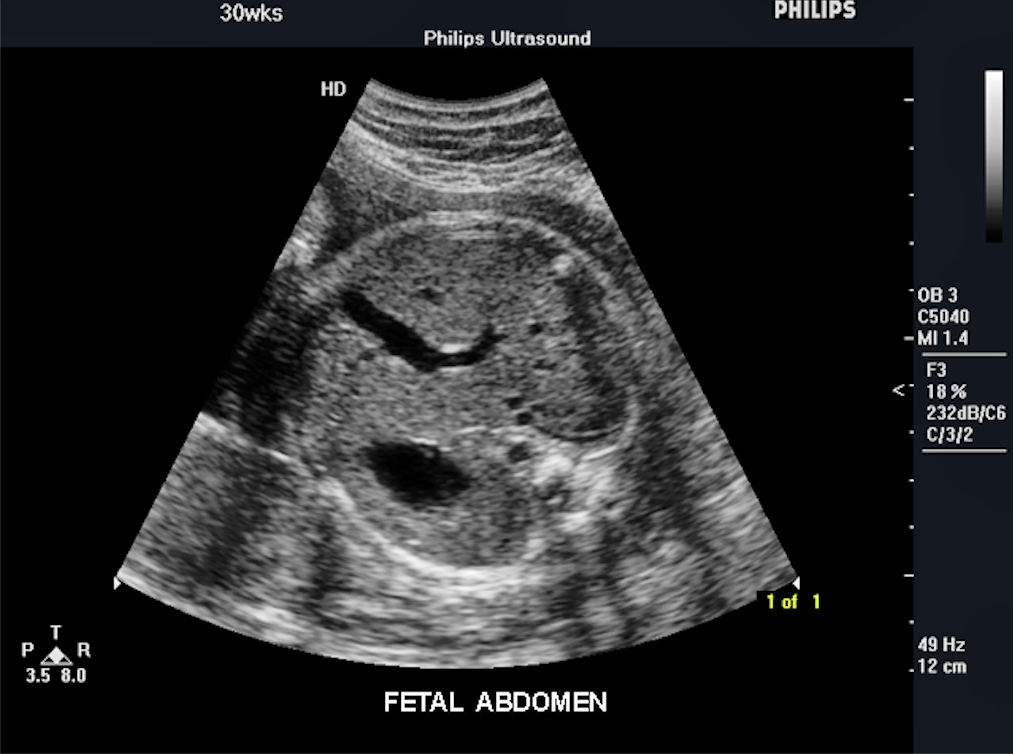

The procedure usually takes less than 30 minutes, but could take up to 60 minutes depending on why the procedure is being performed and which areas are being viewed. You may be asked to change position so that different areas can be examined (for example, you may be asked to lie on your stomach for a kidney ultrasound). You may be asked to hold your breath for short periods of time during the examination in order to get the clearest images possible of your abdomen. You will not hear or feel the sound waves as they pass through your abdomen however, a picture of the organs and blood vessels can be seen on a video monitor.ĭuring the ultrasound, it is important that you remain very still. Typically, an ultrasound is not uncomfortable, but if the test is being done to check for damage from a recent injury, the slight pressure of the transducer may be painful. You will feel light pressure as it passes over your abdomen. The transducer is then pressed against your abdomen and moved back and forth over the organ(s) of interest.
Sonogram abdomen skin#
While lying down, a clear, water-based conducting gel is applied to the skin on your abdomen to help transmit the sound waves. You will be given a cloth or paper covering to wear during the test. Depending on which area is being examined, you may need to take off any jewelry or clothing that will interfere with the ultrasound images. When you get an abdominal ultrasound, we move a probe across your belly. SCHEDULING INFORMATION: Please call (805) 681-7671 to schedule your appointment.A. Ultrasound makes pictures of the inside of the body using sound. Ultrasound whole abdomen showing body and antrum with luminal narrowing of gastic antrum.Liver,GB,CBD,pancreas,spleen and both. You can request copies of your images on a CD-ROM or your report, by calling (805) 692-6435.įind out about MRIs for the abdomen.The images of your scan will be examined by a radiologist and the results will be sent to your referring physician who will review the results of the scan with you.There are no dietary of physical restrictions following your ultrasound scan.You may resume your normal diet after your examination.The exam will take approximately 45 minutes.A computer then processes the signals into pictures for radiologist evaluation. Most commonly used in internal medicine, other specialties such. This creates "echoes." The echoes are reflected back to the transducer, which converts them to electronic signals. Abdominal ultrasound is one of the most widespread uses of ultrasound in the medical field. Sound waves will bounce off certain organs and tissue in your body.A transducer, a small device, will be placed over your abdomen during the examination. An abdominal ultrasound can help doctors diagnose problems in the liver, gallbladder, biliary system (bile ducts), spleen, pancreas, kidneys, and bladder. Fetal ultrasound: A fetal ultrasound, or sonogram, is an imaging technique that uses high-frequency sound waves to produce images of a baby in the uterus.This gel is necessary to help the sound waves to get from the machine into your body. The ultrasound technologists will apply warm gel to the skin of your abdomen.Your ultrasound procedure requires you to lay down flat on your back on the scanning table.The ultrasound technologists will explain your exam and answer any questions you may have.
Sonogram abdomen registration#

The scan can help diagnose such medical conditions as abdominal masses, gallbladder disease and gallstones, as well as problems in the liver, kidneys, pancreas or spleen. Ultrasound is a safe and painless procedure that uses sound waves to assess the structure of your internal body organs. Your doctor has ordered an ultrasound of your abdomen.


 0 kommentar(er)
0 kommentar(er)
